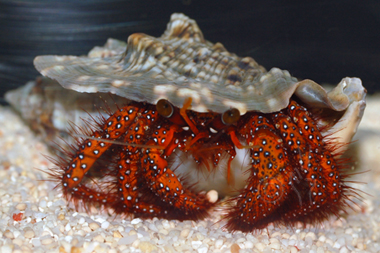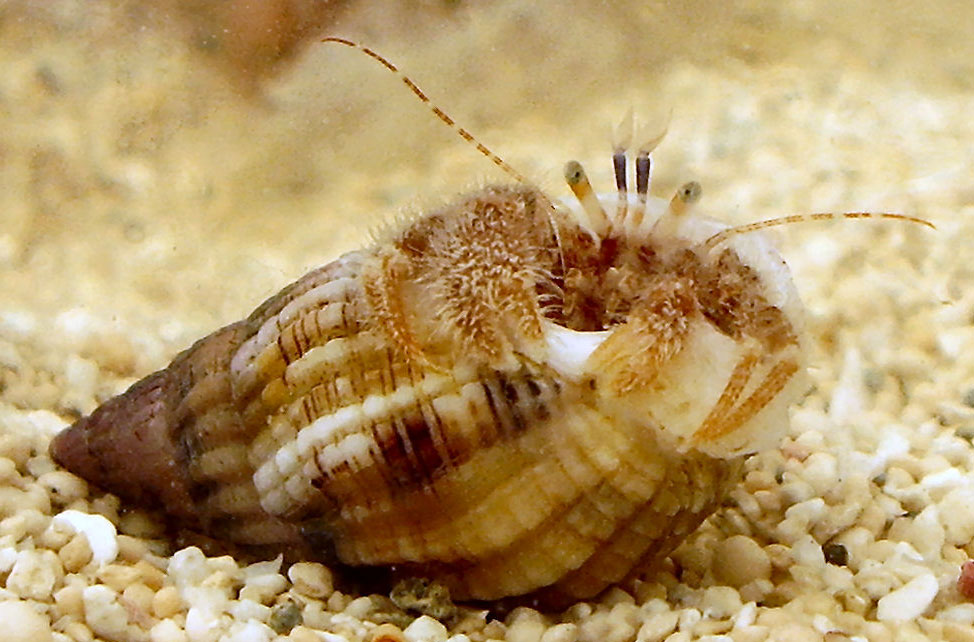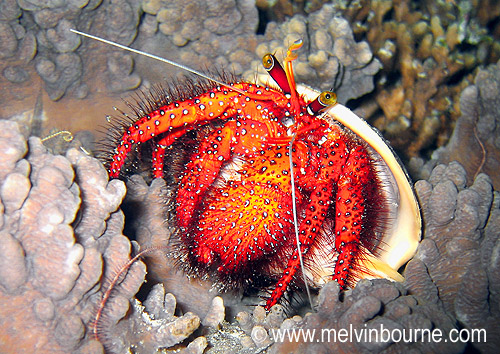
Glaucis hirsuta
SUBFAMILY
Phaethornithinae
TAXONOMY
Trochilus hirsutus J. F. Gmelin, 1788, northeastern Brazil. Two
subspecies are recognized.
OTHER COMMON NAMES
English: Rufous-breasted hermit; French: Ermite hirsute; German:
Rotschwanz-Schattenkolibri; Spanish: Ermitaсo Hirsuto.
PHYSICAL CHARACTERISTICS
4–4.7 in (10–12 cm); female 0.19–0.26 oz (5.5–7.5 g), male
0.21–0.28 oz (6–8 g). A medium-sized hermit with green upperparts,
brownish rufous underparts, slightly decurved bill.
Four outer tail feathers rufous with broad black subterminal
bands and contrasting white tips. Female has paler throat and
upper breast; shorter wings and rectrices. Bill more decurved.
Immatures similar to adults with upperparts ochraceous.
DISTRIBUTION
G. h. insularum: Grenada, Trinidad, and Tobago; G. h. hirsuta:
Panama, Colombia south to Bolivia, Venezuela to Guianas and
almost all of Brazil.
HABITAT
Understory of various forest types and dense secondary growth,
woodland clearings, riverine habitats, swamps, bamboo thickets,
cerrado, and plantations. Mostly below 3,300 ft (1,000 m).
BEHAVIOR
Traplining species. Collects spiders from webs.
FEEDING ECOLOGY AND DIET
Nectar of various understory plants such as Heliconia, Costus,
Passiflora, Pachysstachys, Centropogon, and Trichantera species and
small arthropods.
REPRODUCTIVE BIOLOGY
Males establish leks during reproduction. Breeds from January
to July on Trinidad, April to July in Panama, September to
May in Brazil. Nest records in September in southeast Colombia,
December and May in north Colombia, June in eastern
Colombia, September to December in Surinam, February,
March, July, August and December in French Guiana. Nest is
a cone-shaped cup, loosely constructed of plant fibers, built
underneath pendent leaf. Eggs visible from the outside. Males
sometimes visit nest area and defend nest. Normally two eggs,
higher clutch sizes are due to conspecific females laying in the
same nest. Incubation 17–19 days by female. Chick is black
with gray dorsal down. Fledging 20–25 days. Young remain
with female for three to four weeks.
CONSERVATION STATUS
Common throughout its extensive range.
SIGNIFICANCE TO HUMANS
None known.
Photo Gallery of - Hairy hermit




 Animalia Life
Animalia Life